Tom's Guide Verdict
It's not as compact or as quick as Polaroid's Zip photo printer, but the Selphy CP1200 does produce superior prints when you're out and about.
Pros
- +
Produces good-looking photos
- +
Multiple ways to connect to the printer
- +
Many photo-printing option
Cons
- -
Wireless printing is particularly slow
- -
A little bulky for a portable printer
- -
Battery pack costs extra
Why you can trust Tom's Guide
If you want good-looking prints when you're out and about, the portable Canon Selphy CP1200 photo printer is a good choice: It produces high-quality borderless photos of up to 4 by 6 inches and offers a lot of features for $97. You get a lot of connectivity options, so you can print from a PC, smartphone, tablet, thumb drive or memory card. An LCD and control panel buttons allow stand-alone operation. With an optional $80 battery, you can even print while roaming off the grid.
Design
The Selphy CP1200 is compact, measuring 7.1 x 5.4 x 2.5 inches when packed for travel, and weighs a little less than 2 pounds, not including paper, ink cartridge and power adapter. The small size makes the printer easy to slip into, say, a tote bag or large purse. After folding down a hinged door on the front, you insert the 18-sheet paper tray, which extends roughly 7 inches in front of the printer. The hinged lid of the paper tray serves as the output tray. The ink cassette slips into the side of the printer. If you plan to print at sizes other than 4 by 6 inches, you will need to buy a specialized tray, such as one for 2.1 x 3.4-inch cards.
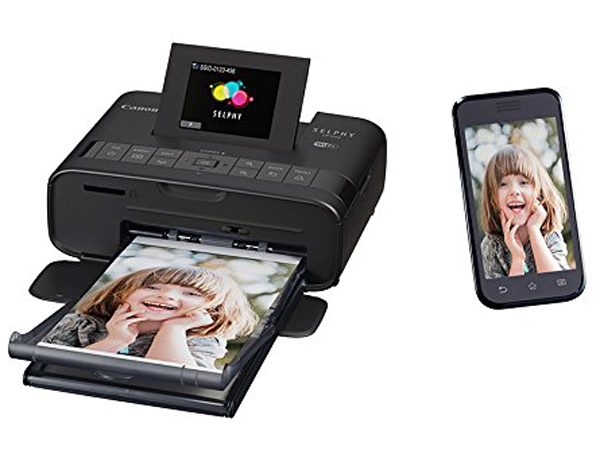
Unless you're using the optional snap-on battery pack, you'll also need to tote the power cable and power brick, which is somewhat large, at roughly 5.1 x 2.5 x 1.25 inches. The battery is estimated to last 54 snapshots on a full charge, and takes about 4 hours to fully charge.
The CP1200's 2.7-inch color LCD tilts up roughly 45 degrees from the top of the body, and the control panel makes it easy to change settings. The buttons are reliably responsive.
You can set up the printer on your Wi-Fi network, or use direct-connection Wi-Fi if a network is not available (or for printing from a Wi-Fi-enabled camera, for example). In addition to 4-by-6-inch prints you can print onto three other paper sizes: card (2.1 x 3.4 inches), L (3.5 x 4.7 inches) and 2-inch square label.
Usability
Setup of this little Selphy was easy: Just insert the paper tray and ink cassette. There is a mini USB port for connecting a computer (though a USB cable isn't included). Putting the printer on my wireless network was easy.
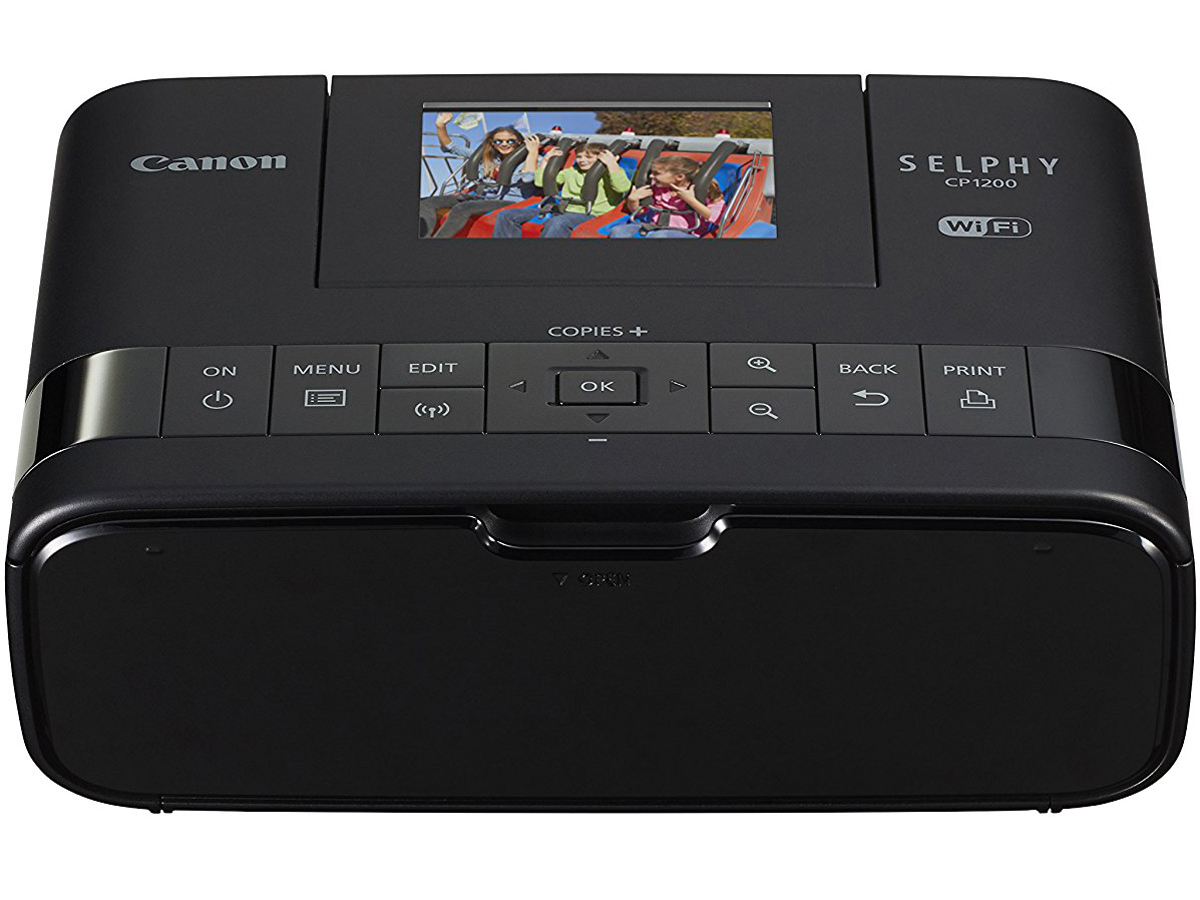
While printing, you'll need to leave room behind the printer, because the paper is drawn into the unit and re-emerges from a slot in the back. When printing from an Android device, you must use the Canon Print Inkjet/Selphy app, which can be inconvenient if you need to navigate through many photos and prefer another app. It's also fairly generic, with buttons that work only on other Canon printers, and it can't enlarge images for preview. iOS users get the better deal, because AirPrint compatibility lets them print from other iOS apps.
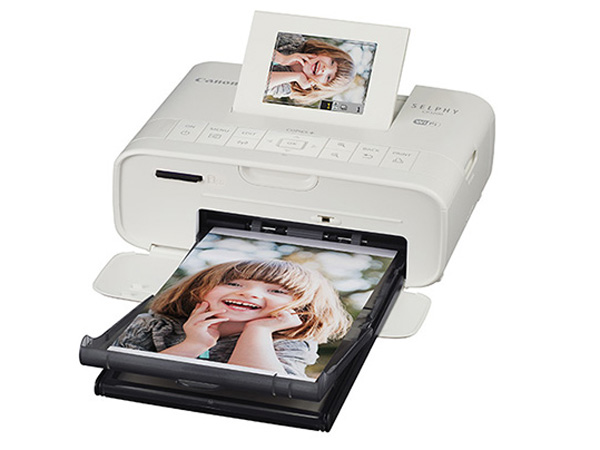
It's easy to print from a USB thumb drive or SD Card, using the CP1200's mini USB port or memory card slot. In addition to using a four-way button on the control panel, you can use dedicated buttons for menu, edit, Wi-Fi, zoom in, zoom out, back and print. As physical buttons, they are reliably responsive, unlike some touch panels and touch screens I've tested on larger printers.
You can make color adjustments in the menu as well as print collages (2-up, 4-up, index, etc.). There is an 8-up shuffle setting; you select the photos, and the Selphy arranges them on the print.
Speed and Print Quality
The Selphy CP1200 uses dye-sublimation thermal-transfer technology, making four passes on every print. Each color (yellow, red, cyan) requires a separate pass, plus a fourth pass to add a protective coating.
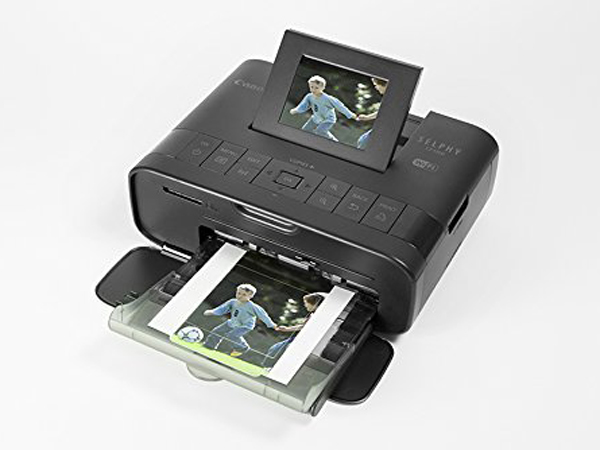
As you might imagine, four passes per print does not make for a speed demon. The Selphy made a 4-by- 6-inch print in 53 seconds, on average, from a USB-connected PC, and in 57 seconds from an SD card. Wireless times were slower; when I used a direct Wi-Fi connection from a PC, a photo emerged in just over a minute and a half (1:32), while prints made over my wireless network averaged 1:45. It takes the Polaroid Zip, another portable photo printer, 55 seconds to make a wireless print over Bluetooth from an iOS or Android device, though the Zip produces smaller, 2 x 3-inch prints. Testing photo printing on larger all-in-ones, though, also produces faster times for glossy 4 x 6-inch prints: 1 minute, 5 seconds on the HP Envy 5540 and 43 seconds on the Pixma MG3620, for example. (Those printers lack the Selphy's CP1200 portability, however.)
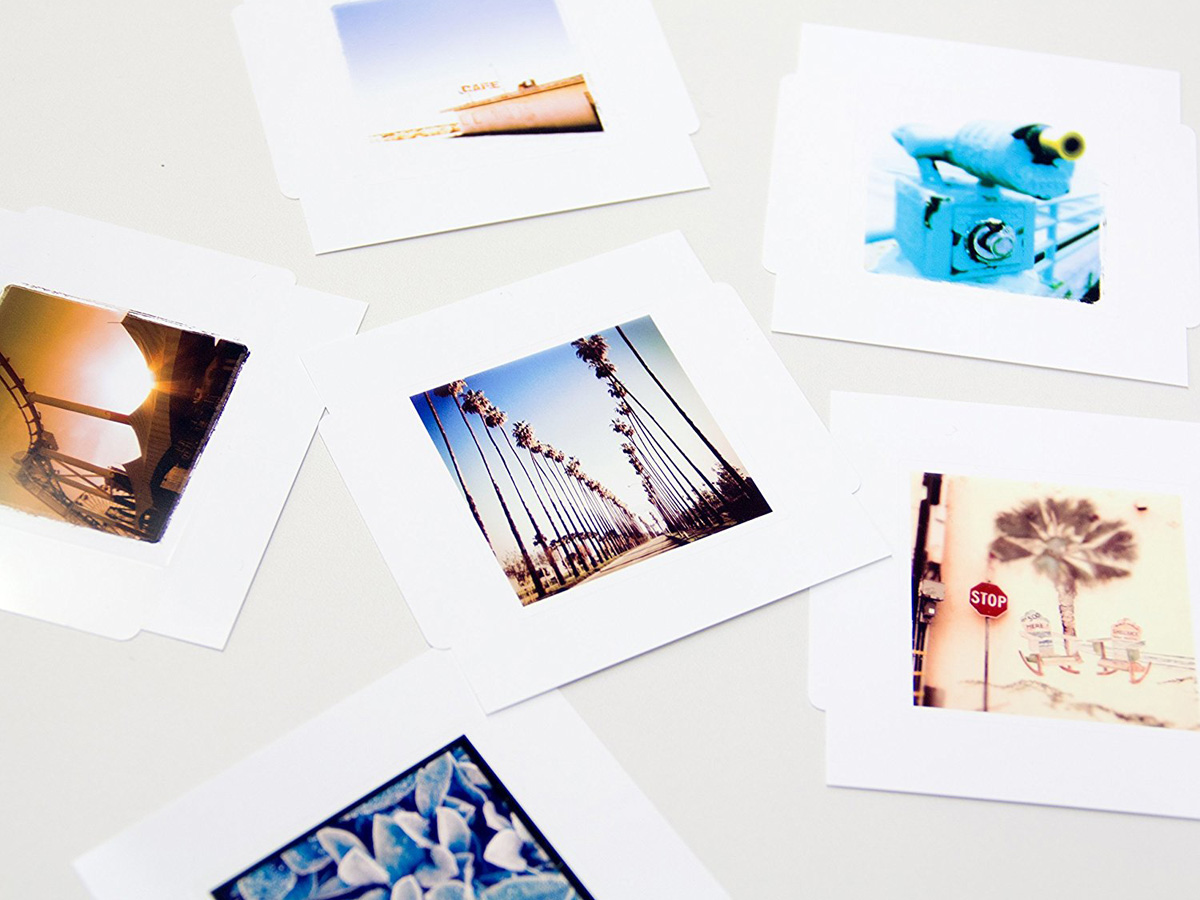
Printing from my Android phone over Wi-Fi took a little more than 2 minutes after the devices got acquainted. It was a rough honeymoon, however. My first print took over 6 minutes; the second print arrived in 3 minutes.
At least the final product from the Selphy CP1200 is worth the wait. I liked the sharp details and vibrant colors in the Selphy's prints. Printing at up to 300 by 300 dpi, with 256 levels of color, the CP1200 made high-quality prints across the board. Colors looked accurate and pleasingly saturated. There was a good amount of detail in shadow areas and midtone gradations were smooth.
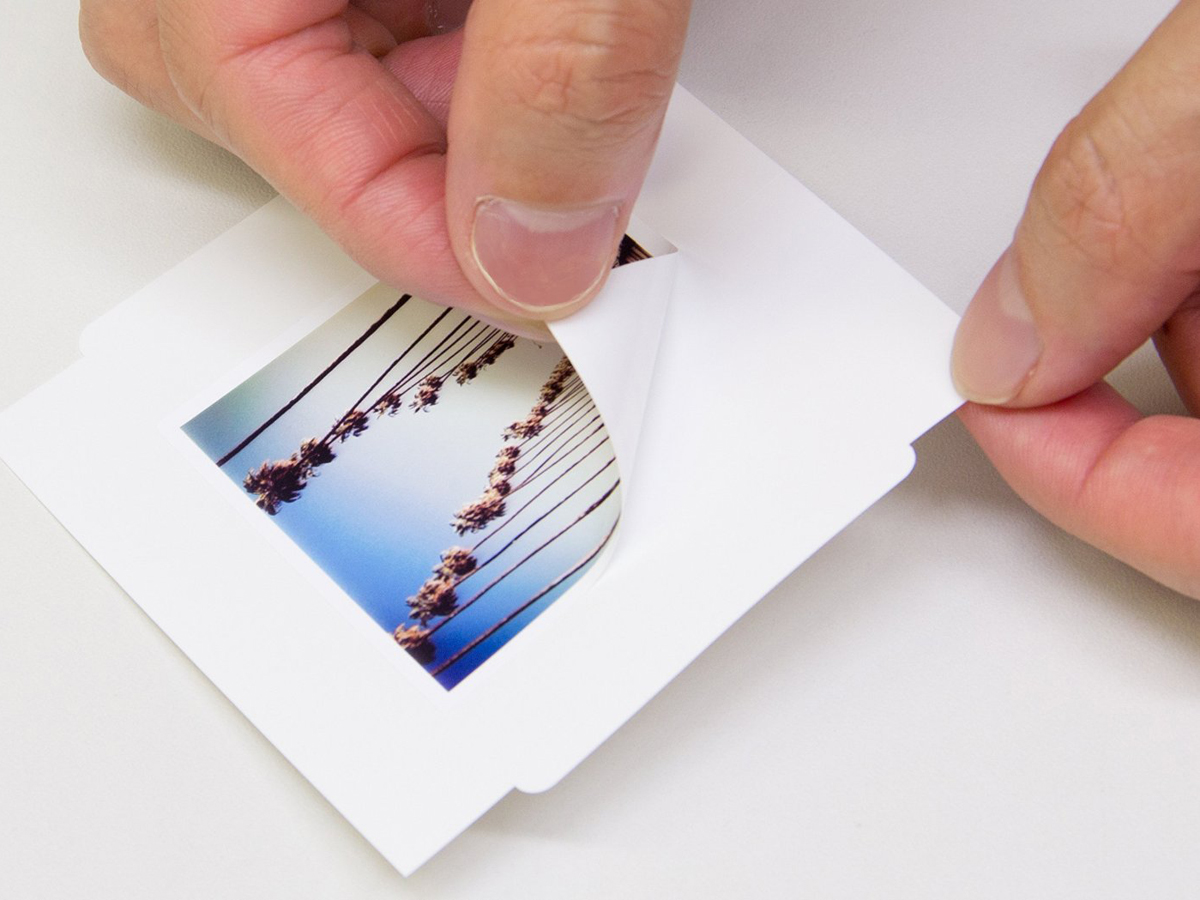
Prints emerge with a glossy finish at default settings. You can print with or without borders; after printing, you remove the perforated tab at either end, which leaves a slightly rough edge on two sides. Using the control panel and onboard menu, you can apply a rough surface, fine surface or fine grid for a less glossy finish. These are subtle and not quite matte finishes, but they're tastefully done and definitely cut down on the glare. In addition, you can apply color settings in the menu, such as vivid, natural and sepia.
Cost
If you buy the 108-sheet pack of 4-by-6-inch paper and ink cassettes ($36), prints cost 33 cents each. Purchasing the 54-sheet pack increases the cost per print to 43 cents. Printing 2-inch square labels requires a dedicated paper tray ($16). And, as noted above, if you want to go unplugged, the clip-on battery will run you $80.
Bottom Line
The Selphy CP1200 offers high print quality, portability, and an easy-to-use control panel and LCD. For a moderate price, you get a photo printer that you can take just about anywhere, although the battery is a little pricey and lasts only 54 prints.
Eric Butterfield is a freelance writer and musician from California. His work has appeared in PC World magazine, CNET, Taproot, and Alter Action — plus Tom's Guide, of course — while his music has appeared in more than 260 TV show episodes for major networks such as NBC, Hulu, BBC America, and more. You can check out his work on Spotify.
